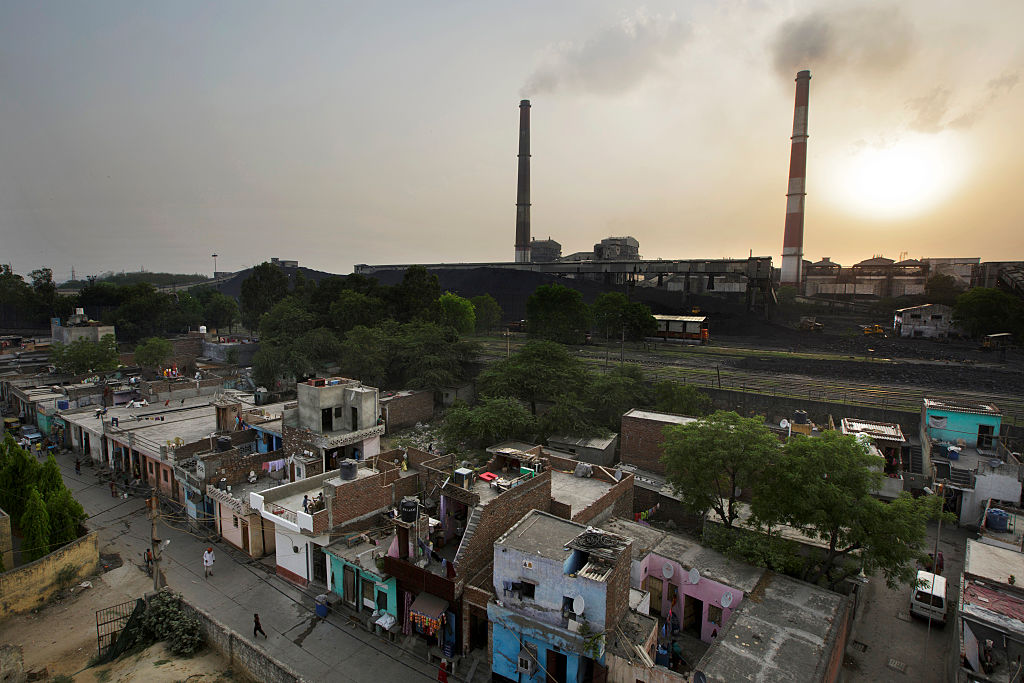
India formally committed to pivot half its electricity generation capacity to use clean fuels by 2030 and reiterated a demand for its “due share” of financial assistance as one of the world’s top emitters seeks to go carbon-neutral by 2070.
Prime Minister Narendra Modi’s cabinet Wednesday approved plans to cut emissions intensity of its GDP to 45%, by 2030, from 2005 levels, the government said in a statement. India will submit its updated nationally determined commitments or NDCs to the United Nations, becoming one of the last major emitters to fulfill this obligation under the Paris Climate Agreement. The updated plan also lays out propagating a healthy and sustainable way of living based on traditions and values of conservation and moderation.
More from TIME
India, the world’s third-biggest polluter, stood out among top emitters when Modi announced a plan to achieve net zero by 2070 at the COP26 summit in Glasgow late last year. The country has followed up with series of policy measures since, including production-linked incentives for manufacturers of electric vehicles and batteries, amendments to energy use laws and introducing a national hydrogen plan.
The cabinet decision to update its NDCs comes ahead of the next round of global climate talks in Egypt in November.
India will require financial resources and technological support committed by developed nations to meet its climate goals, which have so far been largely financed from domestic resources, Wednesday’s government statement said. The updated commitments will be implemented over the decade of 2021-2030.
In Glasgow last year, India had argued that it should get $1 trillion in climate funding out to 2030. The country will need to spend more than $12 trillion by 2060 to put it on track to reach net-zero emissions, according to Standard Chartered Plc. Modi’s demands are unlikely to be met. Rich nations have said that they will only be able to meet a 2020 goal to provide $100 billion a year in climate finance to poorer countries in 2023.
More Must-Reads from TIME
- Donald Trump Is TIME's 2024 Person of the Year
- Why We Chose Trump as Person of the Year
- Is Intermittent Fasting Good or Bad for You?
- The 100 Must-Read Books of 2024
- The 20 Best Christmas TV Episodes
- Column: If Optimism Feels Ridiculous Now, Try Hope
- The Future of Climate Action Is Trade Policy
- Merle Bombardieri Is Helping People Make the Baby Decision
Contact us at letters@time.com